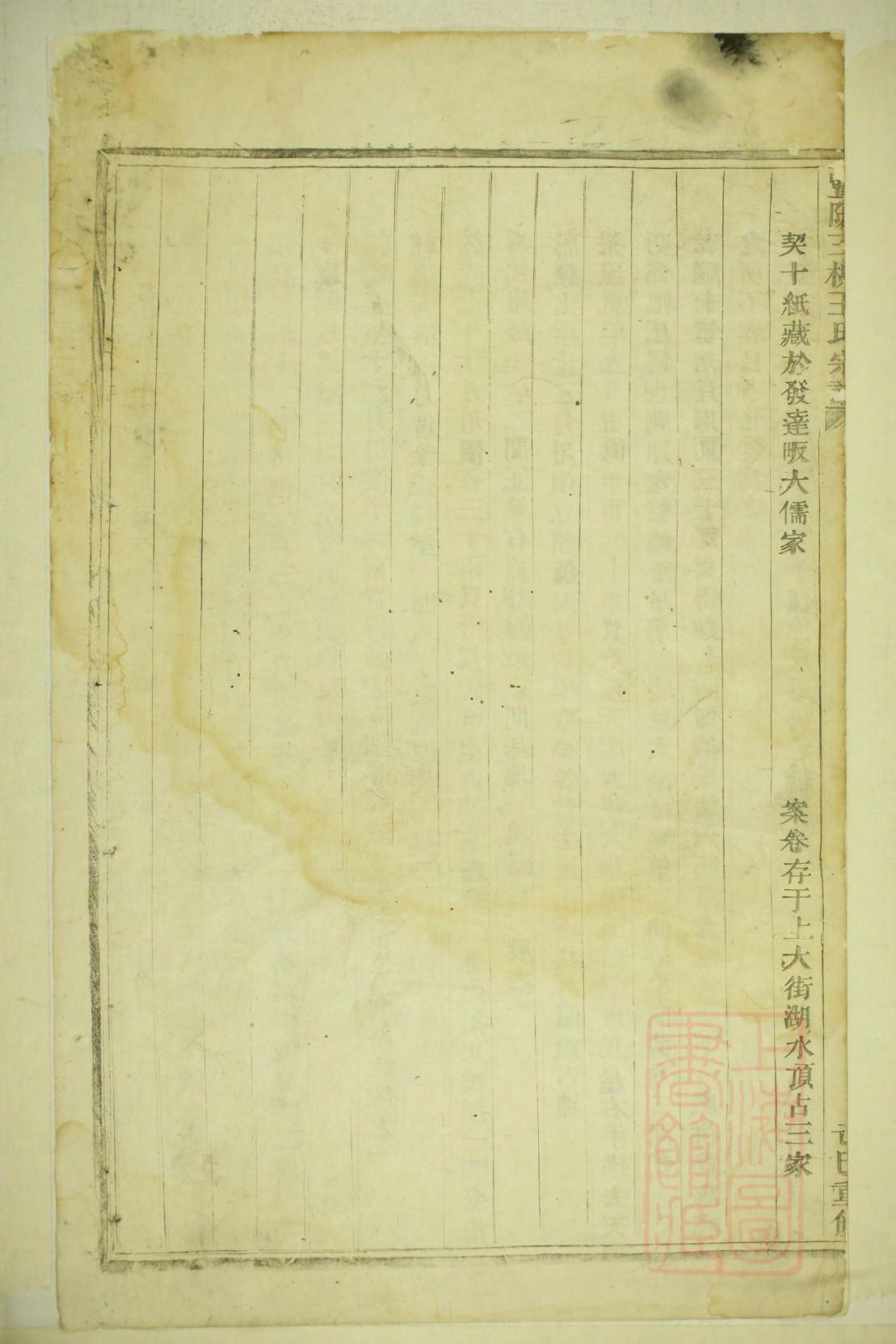Writing a Family Tree in English: A Comprehensive Guide
Abstract
This article provides a comprehensive guide on how to write a family tree in English. It covers the basic structure, common terms, and tips for creating an accurate and visually appealing family tree. The article also includes examples and practical advice to help readers understand the process and create their own family tree.
Basic Structure of a Family Tree
A family tree is a visual representation of a person's ancestry, typically including their parents, grandparents, and other relatives. The basic structure of a family tree follows a simple format:
- Top Level: The individual for whom the family tree is being created.
- First Generation: The individual's parents.
- Second Generation: The individual's siblings and their children.
- Subsequent Generations: Grandparents, aunts/uncles, cousins, and so on.
Common Terms and Phrases
To effectively write a family tree in English, it's important to familiarize yourself with some common terms and phrases:
- Ancestor: A person from whom one is descended.
- Descendant: A person who is descended from another person.
- Siblings: Brothers and sisters.
- Nephew/Niece: The child of a sibling.
- Aunt/Uncle: The sibling of a parent.
- Cousin: The child of an aunt or uncle.
Creating an Accurate Family Tree
To create an accurate family tree, you'll need to gather information about your ancestors. This can be done through various sources, such as:
- Genealogy Websites: Websites like Ancestry.com and FamilySearch.org offer a wealth of information on family trees and historical records.
- Interviews: Speaking with older family members can provide valuable insights into your ancestry.
- Public Records: Birth, marriage, and death certificates, as well as census records, can be helpful in building your family tree.
Here are some tips for creating an accurate family tree:
- Start with yourself: Begin by entering your own information into the family tree.
- Add parents: Once you have your own information, add your parents and their birth and death dates.
- Research ancestors: Use the resources mentioned above to find information about your grandparents, aunts/uncles, and cousins.
- Double-check your sources: Ensure that the information you have gathered is accurate by cross-referencing with multiple sources.
- Update regularly: As you discover new information about your ancestors, update your family tree accordingly.
Visualizing Your Family Tree
Once you have gathered all the necessary information, it's time to visualize your family tree. There are several software programs and online tools available to help you create a visually appealing family tree, such as:
- Ancestry.com: Offers a user-friendly interface and a wide range of customization options.
- MyHeritage: Allows you to create interactive family trees and share them with other family members.
- Family Tree Maker: A popular software program for creating detailed and customizable family trees.
When visualizing your family tree, consider the following:
- Layout: Choose a layout that is easy to read and understand.
- Colors: Use colors to differentiate between generations or to highlight important events.
- Images: Include photos of your ancestors to make the family tree more personal.
Conclusion
Writing a family tree in English can be a rewarding experience, allowing you to learn more about your ancestry and connect with family members. By following the steps outlined in this article, you can create an accurate and visually appealing family tree that you can be proud of.
Keywords
- Family Tree
- Ancestry
- Genealogy
- English
- Visual Representation


